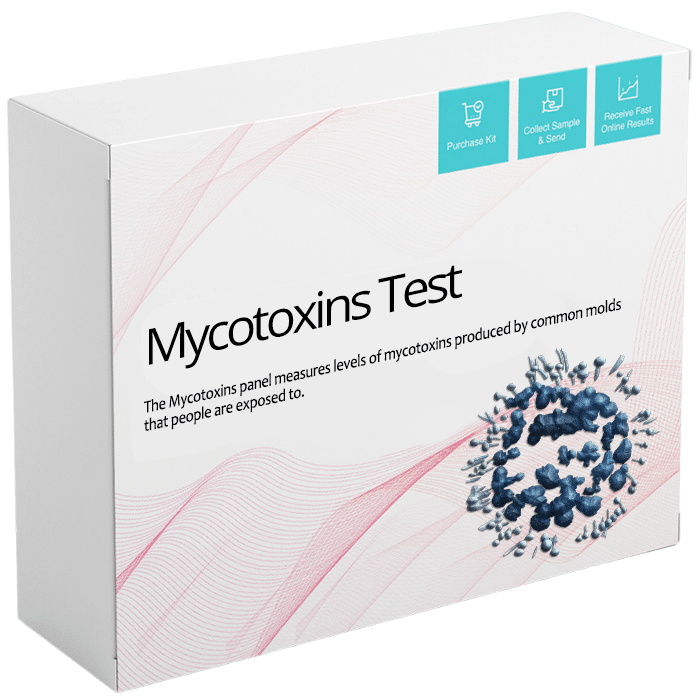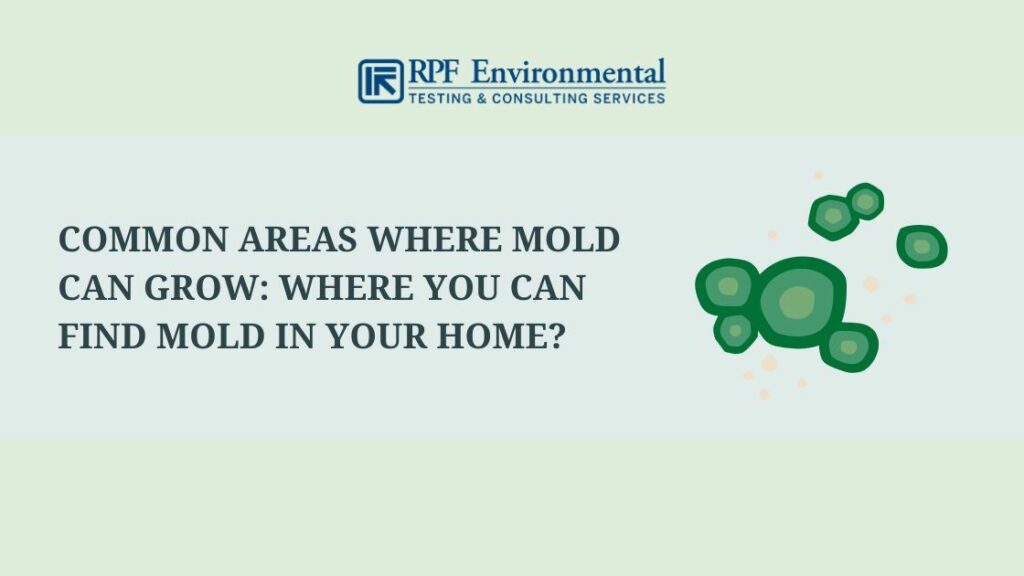Comprehensive Solutions for Your Mycotoxin testing Services Demands
Comprehensive Solutions for Your Mycotoxin testing Services Demands
Blog Article
Exactly How Mycotoxin Screening Aids Prevent Contamination and Protect Food Products

Mycotoxin screening is a crucial method in the food sector, offering as a frontline defense against contamination by unsafe toxic substances generated by molds. With the application of sophisticated techniques like High-Performance Fluid Chromatography (HPLC) and Fluid Chromatography-Mass Spectrometry (LC-MS), food producers can precisely discover and measure mycotoxin levels in farming products.
Recognizing Mycotoxins
Comprehending mycotoxins starts with recognizing that they are hazardous secondary metabolites generated by particular mold and mildews, which can pollute farming items. These metabolites are not crucial for the growth or recreation of the fungis but can have serious effects for human and animal health and wellness. Mycotoxins are generally found in staple crops such as corn, wheat, barley, and nuts, where they can proliferate under specific conditions of dampness and temperature.
There are several kinds of mycotoxins, each generated by different fungal species. Fusarium varieties generate fumonisins and trichothecenes, both of which are associated with numerous intense and chronic health issues.

Risks of Mycotoxin Contamination
The threats of mycotoxin contamination are diverse, posing substantial risks to both food safety and public wellness. Mycotoxins, harmful substances produced by particular kinds of fungi, can pollute a wide array of agricultural items including grains, nuts, flavors, dried fruits, and coffee.
Financial effects are another major problem. Infected crops can cause considerable economic losses for farmers and food producers as a result of minimized yields and the demand for expensive decontamination actions. Global profession can be dramatically impeded as countries enforce strict mycotoxin regulations to shield their populations, leading to denied shipments and strained profession connections.
Ecological factors such as environment change intensify the risk of mycotoxin contamination. Variants in temperature and humidity can produce favorable conditions for fungal growth, enhancing the likelihood of contamination events. Thus, understanding and reducing these dangers are critical for guaranteeing the safety and security and integrity of global food products.
Approaches of Mycotoxin Testing
Accurately determining mycotoxin contamination in farming items is important for protecting public health and wellness and keeping food safety and security criteria. Numerous methods are utilized to discover and evaluate mycotoxins, each offering particular benefits and limitations.
High-Performance Liquid Chromatography (HPLC) is a commonly made use of method due to its high sensitivity and precision. It involves separating mycotoxins from other substances in an example, enabling accurate quantification. Likewise, Liquid Chromatography-Mass Spectrometry (LC-MS) combines liquid chromatography with mass spectrometry to give thorough molecular info, making it particularly beneficial for recognizing multiple mycotoxins at the same time - Mycotoxin testing Services.

Gas Chromatography-Mass Spectrometry (GC-MS) and Thin-Layer Chromatography (TENDER LOVING CARE) are likewise utilized, each with distinct applications. GC-MS works for unstable mycotoxins, while TLC offers a simpler, cost-effective alternative for preliminary screening.
Advantages of Regular Testing
Regular testing for mycotoxins look these up in agricultural products provides various advantages, considerably adding to public health and wellness and food safety and security. By recognizing contamination early, regular testing helps avoid the distribution of harmful foods, consequently reducing the threat of mycotoxin-related ailments amongst consumers. This positive technique not only safeguards human health and wellness however likewise improves the total top quality of food supplies.
Consistent testing likewise supports governing conformity. Different nations and areas have actually developed rigorous restrictions for mycotoxin degrees in food and feed. Abiding by these limitations through regular screening makes certain that manufacturers and vendors satisfy legal criteria, therefore preventing penalties and profession barriers. Preserving conformity fosters customer count on and brand name credibility, which are essential for market success.
Additionally, routine mycotoxin testing can cause substantial economic benefits. Early discovery of contamination permits for prompt intervention, decreasing possible losses from prevalent contamination. Implementing routine screening methods can additionally minimize recall costs and go to website associated responsibilities, which can be financially ravaging.
Furthermore, regular testing supplies useful information that can educate far better farming practices and storage conditions. By understanding patterns of contamination, producers can adopt precautionary measures, thus minimizing future threats and adding to the sustainability of the food supply chain.
Applying Testing Protocols
Implementing effective mycotoxin screening methods is important for guaranteeing the security and top quality of agricultural products. Developing a durable screening structure involves multiple essential actions, beginning with the recognition of prospective contamination factors within the production and supply chain. This consists of pre-harvest, post-harvest, storage, and circulation phases. Each phase should be scrutinized to determine where mycotoxin contamination is most likely to occur.
Once crucial control factors are determined, picking proper testing techniques is important. Usual techniques consist of enzyme-linked immunosorbent assay (ELISA), high-performance liquid chromatography (HPLC), and mass spectrometry (MS) Each technique has its strengths and weak points; hence, selecting the proper one depends upon the details mycotoxin being evaluated, the required level of sensitivity, and available resources.

Last but not least, integrating the testing methods right into an extensive food safety monitoring system is suggested. This enhances traceability and enables speedy rehabilitative actions when contamination is spotted, thereby guarding the integrity of the food supply chain.
Conclusion
Mycotoxin screening is vital in preventing contamination and guarding food products by making it possible for very early discovery of hazardous toxins produced by mold and mildews in farming products. Advanced methods such as HPLC and LC-MS make sure compliance with security regulations and shield consumers from health and wellness risks. Routine screening improves brand name reputation, monetary stability, and count on food safety by lessening contamination-related losses and keeping high requirements in food manufacturing. Implementing rigorous screening protocols is therefore essential for the market's overall wellness.
Mycotoxin find more info testing is a vital technique in the food market, offering as a frontline defense against contamination by hazardous toxins produced by molds. An integrated method involving agricultural practices, storage space monitoring, and routine testing can alleviate the dangers connected with mycotoxin contamination, guaranteeing food safety and public health.
The risks of mycotoxin contamination are multifaceted, posing substantial dangers to both food safety and security and public wellness.Routine testing for mycotoxins in agricultural products supplies many benefits, considerably contributing to public wellness and food safety and security.Mycotoxin screening is crucial in stopping contamination and securing food materials by allowing early discovery of unsafe contaminants created by molds in agricultural products.
Report this page